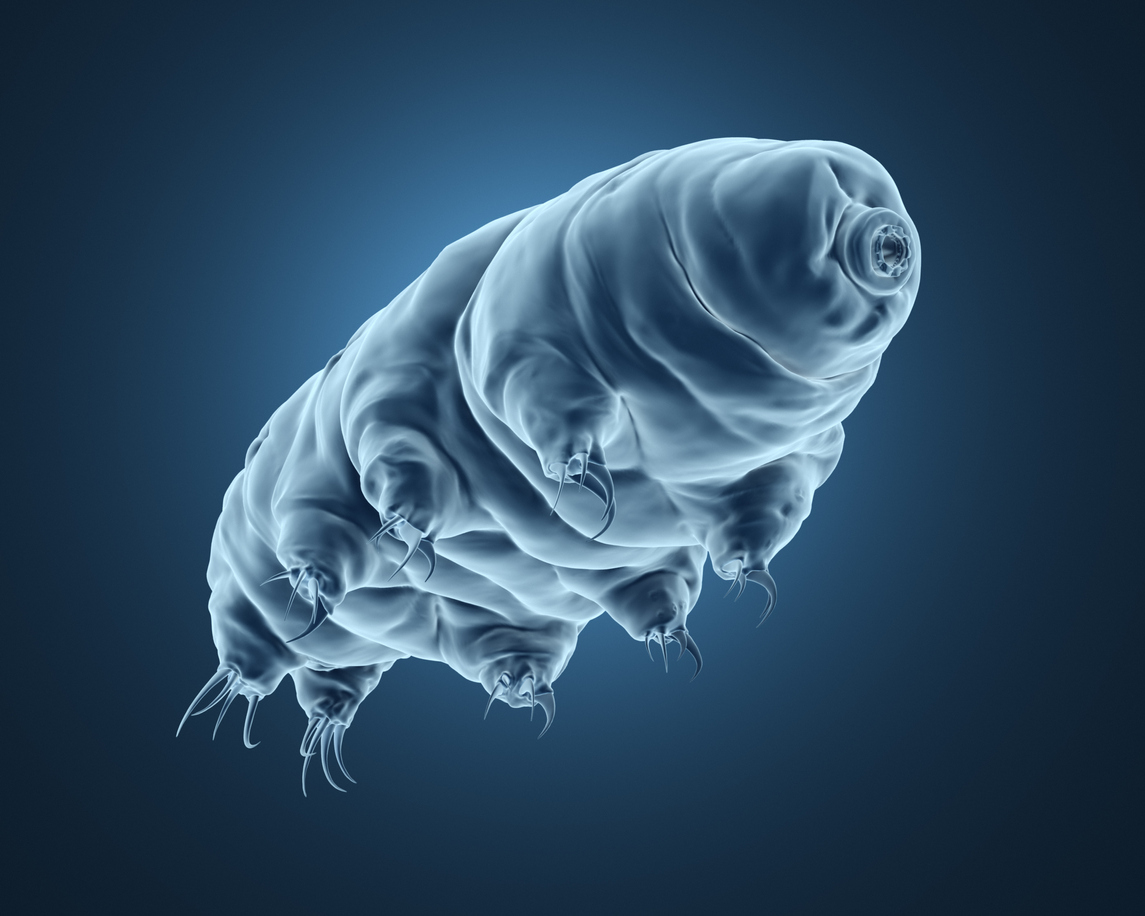Hardy tardigrades survive germ-fighting UV light
Embargoed until:
Publicly released:
2020-10-14 10:01
Known as “water bears” or "moss piglets" for their animal appearance, the microscopic tardigrade can withstand extreme heat, cold, and even the vacuum of outer space. Now, researchers have now identified a new species in India that thrives under germicidal UV light, using fluourescence as a shield to protect it from this lethal form of radiation. The researchers suggest that this feature may have evolved as a way of counteracting the harsh sunlight of tropical southern India.
Journal/conference: Biology Letters
Link to research (DOI): 10.1098/rsbl.2020.0391
Organisation/s: Indian Institute of Science, India
Funder: Thisworkwas supported by Start-up Grant fromthe Director of the Indian Institute of Science, Department of Biotechnology (DBT) - Indian Institute of Science Partnership Program (BT/PR27952-INF/22/212/2018), funds from the University Grants Commission-Fund for Improvement of Science and Technology infrastructure, India. S.M.E. is a recipient of DBT/Wellcome Trust India Alliance Fellowship
(IA/I/15/1/501833).
Media release
From: The Royal Society
Tardigrades (water bears or moss piglets) are known for their ability to tolerate extreme physical stresses. In this study, we have identified a new species of tardigrade belonging to the genus Paramacrobiotus that can survive germicidal ultraviolet (UV) radiation. Fascinatingly, these tardigrades use fluorescence as a mechanism to resist lethal ultraviolet radiation. They use a fluorescent shield that absorbs harmful UV radiation and emits harmless blue light as fluorescence. Interestingly, we could transfer this UV tolerance property to another tardigrade, Hypsibius exemplaris and Caenorhabditis elegans, a nematode, which are normally sensitive to UV radiation.
Attachments:
Note: Not all attachments are visible to the general public
-
The Royal Society
Web page


